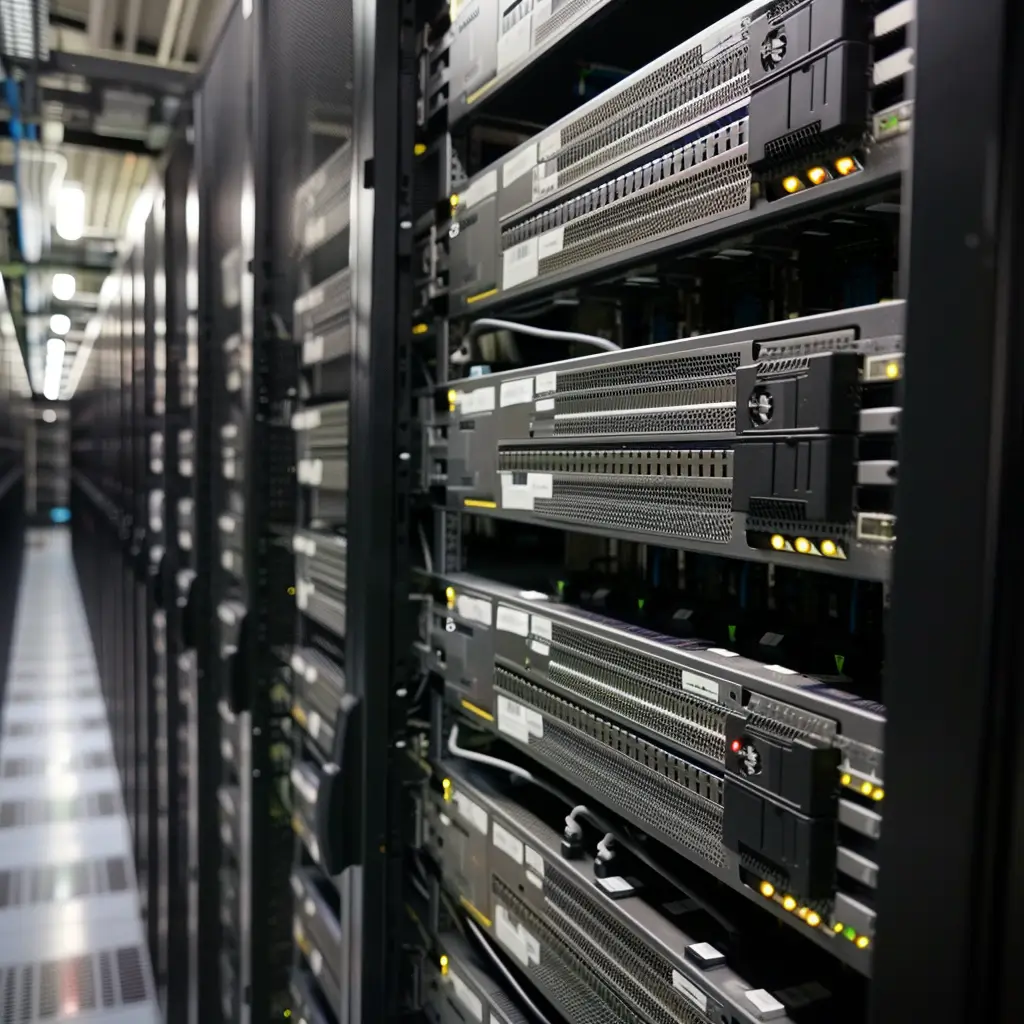Radio is one of the oldest and most popular media in the world. For almost a century, it has accompanied us with music, news, entertainment and information. But how has radio changed over time? And what can we expect in the future? In this article, you'll learn all about DAB+, the digital radio that offers many advantages over conventional FM radio.
The history of digital radio: From FM to DAB+
FM stands for ultra-short wave and refers to the frequency range in which analog radio has been broadcasting since the 1950s. FM radio has good sound quality and a long range, but it is also susceptible to interference, noise and overlap. In addition, the number of available frequencies is limited, which restricts the variety of programs.
To solve these problems, the idea of digital radio was born in the 1980s. Digital radio converts audio signals into digital data, which is then compressed and encoded. This data is then transmitted in packets, which are decoded again by a receiver and converted into audio signals. This technology allows digital radio to offer higher sound quality, a greater variety of programs, and better reception quality.
The first standard for digital radio was DAB (Digital Audio Broadcasting), which was introduced in Europe in 1995. DAB offered up to 60 programs per frequency block, which was a tenfold increase over FM. However, DAB also had some disadvantages, such as low coverage, high power consumption, and outdated coding.
To remedy these disadvantages, DAB+ was developed in 2007 as the successor to DAB. DAB+ uses a more modern encoding (AAC+) that enables better sound quality at a lower data rate. This allows more programs to be broadcast per frequency block, further increasing program diversity. In addition, DAB+ uses improved error correction, which stabilizes reception even when the signal is weak. DAB+ radios in comparison can be found at Purdroid.
The advantages of DAB+ over FM radio
DAB+ offers many advantages over FM radio that are attractive to both listeners and broadcasters. They range from sound quality and program diversity to reception quality and cost efficiency. In the following, these advantages are highlighted in detail.
Higher sound quality: CD-quality music enjoyment
One of the most impressive improvements DAB+ offers over FM radio is sound quality. While FM radio is often accompanied by noise and interference, DAB+ delivers clear, noise-free sound that is close to that of a CD. This means that music lovers can enjoy a much improved audio experience. With Internet radios the sound quality depends on the stability of the internet connection.
Furthermore, DAB+ offers the possibility of transmitting additional information about the current piece of music. The title, artist, album and even the genre can be shown on the receiver's display. This means that listeners no longer have to grope in the dark when they hear a song they like without knowing the title. This function helps to increase listening comfort.
Greater program variety: Countless stations to choose from
Another compelling advantage of DAB+ is the significantly greater variety of programs compared to conventional FM radio. DAB+ allows a higher number of programs per frequency block, which means listeners have an amazing range of stations from which to choose. In addition to the familiar public and private stations, there are many new and specialized programs that can be received exclusively via DAB+.
This includes programs from various genres and areas of interest, including culture, sports, children's entertainment and niche programs. Whether you like jazz, classical music, news, radio plays or interesting podcasts prefer, DAB+ offers the right program for every taste and interest. This wide range of stations ensures that listeners do not have to limit themselves to a limited number of mainstream offerings.
Better reception quality: interference-free listening pleasure
The reception quality of DAB+ is also remarkable and a big step forward compared to FM radio. DAB+ offers a longer range and better coverage. This means less interference, dropouts or overlays during listening. Listeners can rely on constant and interference-free reception, even when they are in areas with weaker signal.
Another advantage of DAB+ is its user-friendliness. Instead of the tedious search for frequencies, listeners can simply select the desired station from an alphabetical list. This makes switching between programs effortless and convenient. It's also a big win for drivers, who can access the radio without distraction.
Lower costs: cost-efficient for broadcasters and environmentally friendly
Finally, DAB+ is proving to be a more cost-effective option for radio stations compared to FM radio. Digital technology allows broadcasters to broadcast more programs with fewer frequencies, which significantly reduces costs. In addition, the energy consumption of DAB+ is significantly lower, resulting in further cost savings and a reduced negative impact on the environment.
The switch to DAB+ is a step toward environmental protection and energy efficiency, as fewer resources are needed for operation. This is not only economically beneficial, but also environmentally friendly and fits well with the broadcasters' efforts to reduce their ecological footprint.
Overall, the advantages of DAB+ over FM radio provide a compelling case for acceptance and conversion to this new form of radio. With significantly improved sound quality, a wider choice of programs, better reception quality, and cost-effective solutions for transmitters, DAB+ is undoubtedly the radio of the future, convincing in many respects.
How can you receive DAB+?
To receive DAB+, you need a suitable device that supports the DAB+ standard. There are many different models of radios, car radios or adapters that you can buy in stores or online. Prices vary depending on the equipment and quality.
To find out which programs you can receive in your region, you can perform a station search or use an interactive map on the Internet. Most DAB+ devices have an automatic update function that detects and adds new programs.
Conclusion
DAB+ is the digital radio of the future, offering many advantages over conventional FM radio. It offers higher sound quality, a greater variety of programs, better reception quality, and incurs lower costs for broadcasters. To receive DAB+, you need a suitable device that supports the DAB+ standard. DAB+ is already available in many parts of Europe and will be further expanded in the coming years. So anyone looking for a new radio experience should not miss out on DAB+.



